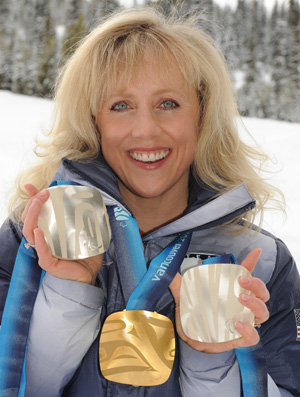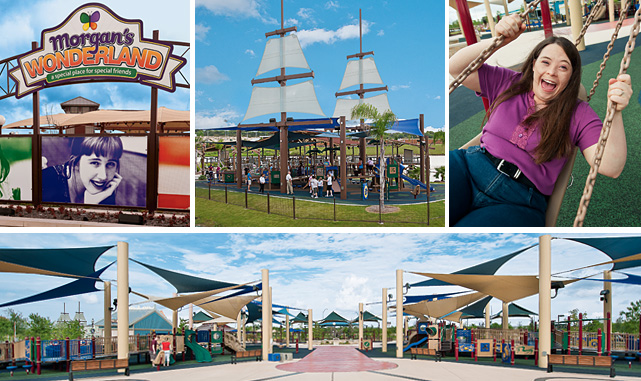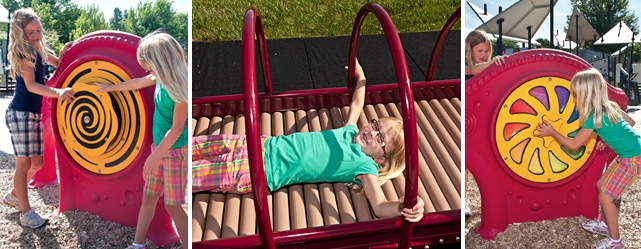Now that Stephani Victor, Paralympic gold medalist and Together We Play™ essay contest judge, has finished reading the essays, she’s even more in awe of those who submitted them.
 It has truly been an honor and rewarding experience to contribute to this most generous award opportunity that I know will be embraced whole heartedly by the winners. I learned a lot through this process. I cried, I felt people’s loss and community need. I felt their frustration with failing budgets and poorly maintained or inaccessible playgrounds in existence. But most importantly, I felt their passion, their commitment and authentic motivation to bring people together for the purpose of play. I have thought a lot about “playing” and what that means in my life, how it has shaped my life and how we have a responsibility as a society to ensure everyone has an opportunity to “play.” It’s important that we provide a place for everyone to go that is safe, where they can explore, grow and develop their imaginations and, ultimately, their sense of self.
It has truly been an honor and rewarding experience to contribute to this most generous award opportunity that I know will be embraced whole heartedly by the winners. I learned a lot through this process. I cried, I felt people’s loss and community need. I felt their frustration with failing budgets and poorly maintained or inaccessible playgrounds in existence. But most importantly, I felt their passion, their commitment and authentic motivation to bring people together for the purpose of play. I have thought a lot about “playing” and what that means in my life, how it has shaped my life and how we have a responsibility as a society to ensure everyone has an opportunity to “play.” It’s important that we provide a place for everyone to go that is safe, where they can explore, grow and develop their imaginations and, ultimately, their sense of self.
I am also deeply affected by the idea of inclusion and what that really means. And how damaging exclusion can be, even if it comes from well-meaning parents who want to exclude able-bodied children from playing with their child with special needs because they are trying to protect them. Ultimately, any exclusion has negative consequences for everyone. I am so committed to the exploration of inclusion–in life–for adults, too. I am really grateful to you for sharing your insights and educating me. I have mountains of respect for you and your teammates, who are so committed to making a difference in lives of so many. Lastly, I appreciated the reminder that each of us gets to create our community and if we would like things to change, we need to start with ourselves.






